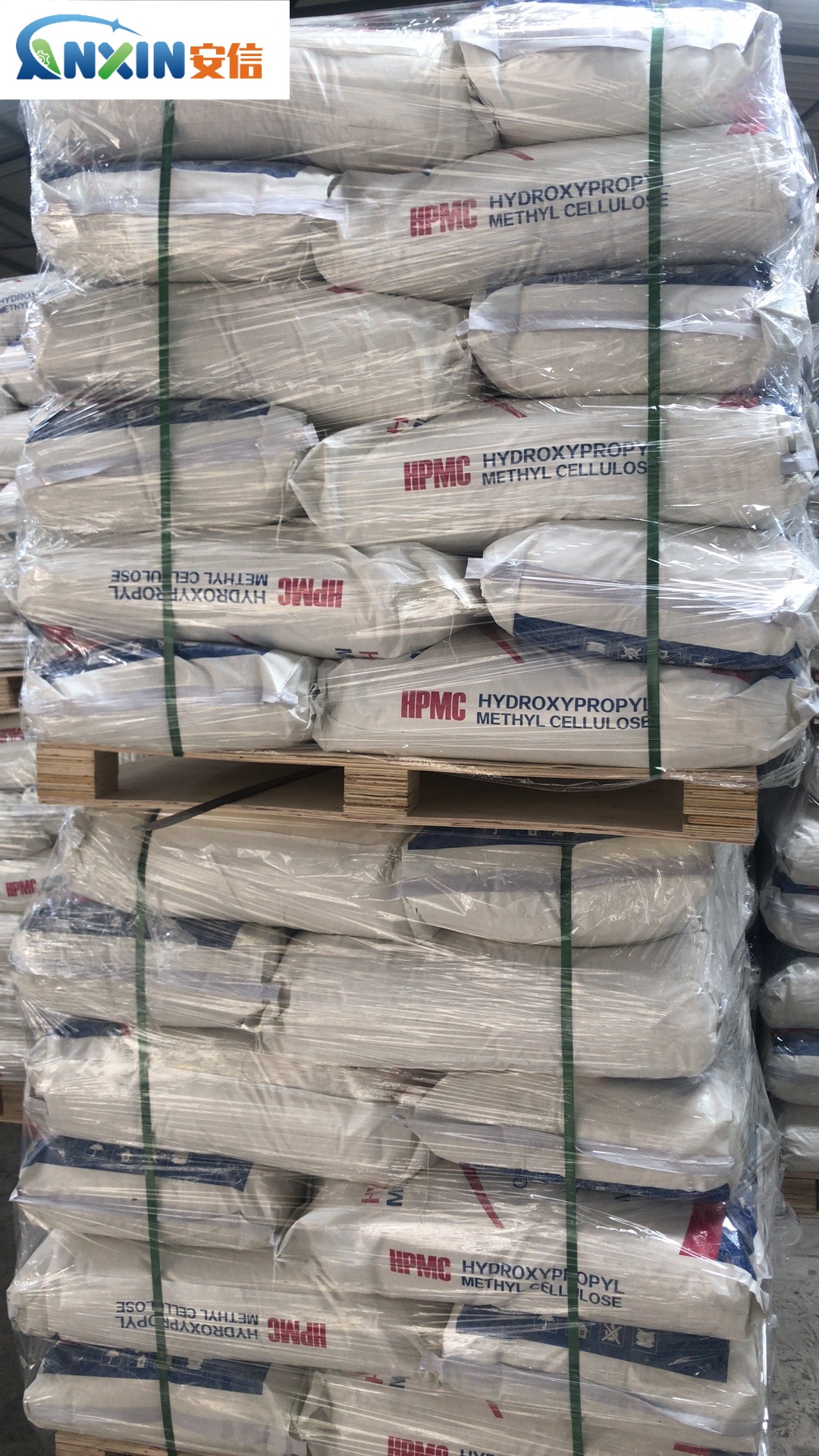Hydroxypropyl methylcellulose (HPMC) coating serves a multitude of functions in various industries, primarily in pharmaceuticals, food, and construction. This versatile material is derived from cellulose, a natural polymer found in plant cell walls, and is modified to enhance its properties.
Pharmaceuticals:
Film Coating: HPMC is widely used in pharmaceuticals as a film-coating agent for tablets and pills. It provides a protective barrier that masks the unpleasant taste and odor of drugs, enhances swallowability, and facilitates easier digestion.
Moisture Protection: HPMC coating acts as a barrier against moisture, preventing degradation of sensitive drug formulations due to exposure to humidity or moisture during storage or transport.
Extended Release: By controlling the rate of drug release, HPMC coating helps in achieving extended or sustained release formulations, ensuring the drug is released gradually over time, thereby prolonging its therapeutic effect.
Color Uniformity: HPMC coatings can be tinted to impart color to tablets or capsules, aiding in product identification and brand recognition.
Improved Stability: HPMC coatings can enhance the stability of pharmaceutical formulations by protecting the active ingredients from degradation caused by environmental factors such as light, oxygen, and pH fluctuations.
Food Industry:
Edible Coatings: In the food industry, HPMC is used as an edible coating for fruits, vegetables, and confectionery products. It helps to maintain the freshness, texture, and appearance of perishable foods by acting as a barrier to moisture loss and gas exchange, thus extending shelf life.
Glazing Agent: HPMC coatings are used as glazing agents for candies and chocolates to impart a glossy finish and prevent them from sticking together.
Fat Replacement: HPMC can serve as a fat replacer in low-fat or reduced-fat food products, providing texture and mouthfeel similar to that of fats.
Construction Industry:
Mortar Additive: HPMC is added to cement-based products such as mortar and grouts to improve workability, water retention, and adhesion properties. It enhances the consistency and cohesion of mortar mixes, reducing water segregation and improving bond strength.
Tile Adhesives: In tile adhesives, HPMC acts as a thickening and water-retention agent, ensuring proper adhesion of tiles to substrates and preventing sagging or slippage during application.
Cosmetics:
Thickener and Stabilizer: In cosmetic formulations such as creams, lotions, and shampoos, HPMC serves as a thickening agent, imparting viscosity and stability to the product.
Film Former: HPMC can form flexible and transparent films on the skin or hair, providing a protective barrier against environmental stressors and improving the overall aesthetic appeal of cosmetic products.
Other Applications:
Adhesive: HPMC is used as a binder in the production of adhesives for paper products, textiles, and construction materials, providing tackiness and adhesion strength.
Coating Additive: In paints, coatings, and inks, HPMC serves as a thickener, dispersant, and protective colloid, improving the rheological properties and stability of the formulations.
HPMC coating offers a wide range of functionalities across various industries, including pharmaceuticals, food, construction, cosmetics, and coatings. Its versatility, biocompatibility, and ability to modify properties make it an indispensable ingredient in numerous applications, contributing to product quality, performance, and consumer satisfaction.
Post time: Apr-20-2024
